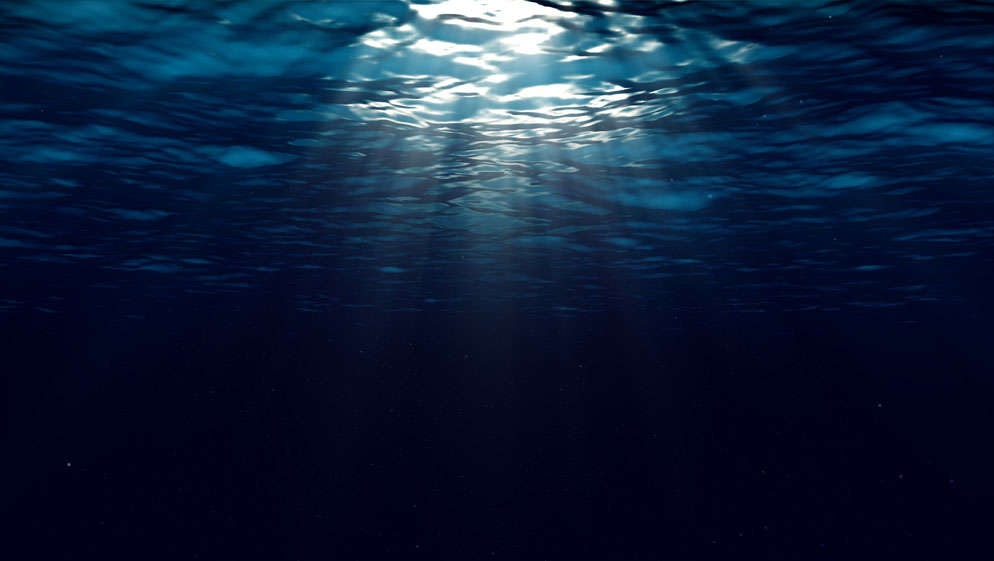Create a free profile to get unlimited access to exclusive videos, sweepstakes, and more!
We might not be immune to alien microbes, because our immune systems don’t even recognize strange Earth bacteria

As we wonder about what could be lurking in the subsurface depths of frozen water worlds like Europa and Enceladus, alien species are coming out of hiding right here in the seas of Earth.
We haven’t been invaded by extraterrestrials (yet). There are microbes at the bottom of the ocean that have no idea anything exists beyond the watery darkness they inhabit. These life-forms are so removed from anything the light touches that, as scientists have found out, that our immune cells don’t even recognize them. It is unlikely that bacteria which cannot even recognize homo sapiens would have evolved to be a pathogenic threat to our species, but this means we need to reevaluate our own immune systems. These things are literally alien to us.
Until now, the human immune system was thought to be generalist — that it would recognize and attack any kind of invasive bacteria, no matter what it was. That's why researcher Jonathan Kagan, who co-led a study with colleague Randi Rotjan, recently published in Science Immunology, was taken aback when there was almost no reaction from human immune cells at all.
“You can consider this idea in the context of facial recognition software,” Kagan told SYFY WIRE. “The cell wall could be the equivalent of the human face. Bacteria use the cell wall to allow them to see the environment, and it is the first feature our immune system sees when it encounters a bacterium, but their faces are different than ours.”
What is “seen” in these “faces” are lipopolysaccharides, or LPS molecules, which trigger an immune response in the cells of mammals like us. Most LPS molecules in the new deep-sea bacteria are much longer than ours. Human immune cells only recognized 20 percent of them, so these bacteria probably don’t even know what a mammal is — understandable if they live among non-mammalian sea creatures. Going back to Kagan’s facial recognition software analogy, this kind of tech is programmed to recognize humans as having certain features. There is no way it would register a hypothetical humanoid species with six eyes and a pair of horns as human.
These bacteria probably have different LPS molecules from terrestrial bacteria because of whatever adaptations they evolved to survive 13,000 feet underwater in a remote area of the Pacific Ocean far southwest of Hawaii. This ancient, haunting and mostly unstudied region might as well be another planet. There are no mammals, not even the occasional corpse of a whale that, in more recognizable waters, would fall from above and cause a feeding frenzy among isopods and other decomposers. Any creatures that live in this undersea no-man’s land have gone unknown until now. What it takes for them to survive is also a mystery.
“The LPS molecules of deep sea bacteria are probably designed in a way that ensures bacterial survival,” Kagan said. “But, this survival strategy changes the structures of their "faces" so profoundly that we cannot even recognize them anymore. The deep sea is the least studied (and largest) ecosystem on the planet. In fact, all of the bacteria we studied ended up being new species of life.”
Like the exotic species that have emerged from rainforests and led to new medical treatments once never thought possible, these bacteria could advance immunotherapy in the future. Microbes gave us penicillin. Organisms that can only be observed under a microscope have been invaluable to medical research ever since, and might eventually tell us things about our immune systems that we never knew about. Kagan and his team discovered extremophiles that can withstand environments which would kill terrestrial forms of life and even most creatures that live in the ocean far above them.
Mars is an extreme environment. There could be other extremophilic bacteria there, deep beneath the surface, which wouldn’t recognize us.
“We think of the deep sea bacteria as Martians. They are from such a different habitat than we are used to experiencing,” Kagan said. “There is minimal light, massive pressure, differences in salinity, and many more things to consider. Where else on Earth can we find such a distinct ecosystem from that we naturally inhabit?”
Anything that is used to such a strange and hostile environment would probably perish in the conditions that are ideal for humans. To them, maybe we would be the extremophiles.



























